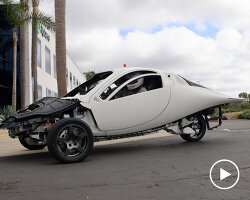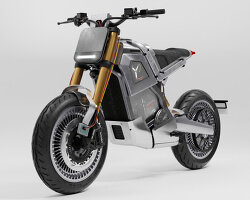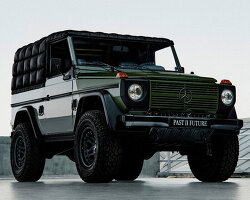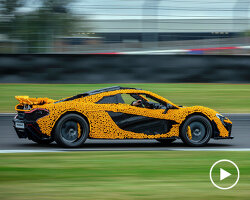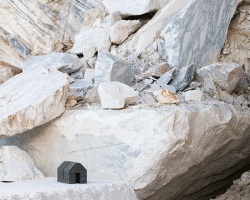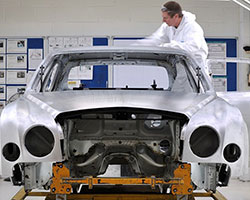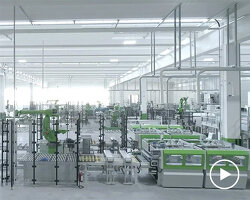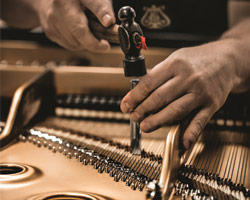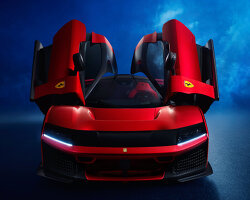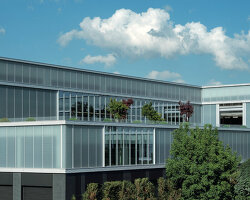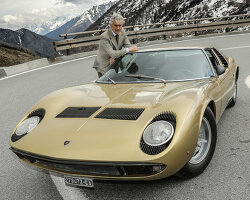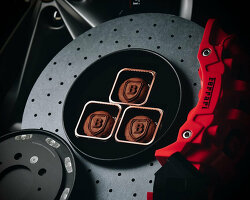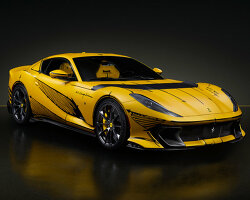KEEP UP WITH OUR DAILY AND WEEKLY NEWSLETTERS
happening this week! holcim, global leader in innovative and sustainable building solutions, enables greener cities, smarter infrastructure and improving living standards around the world.
PRODUCT LIBRARY
by upcycling mass-produced furniture, YET architecture and BDM architects blurs the lines between standardization and personalization.
yamaha design laboratory's concept project upcycles rare woods originally intended for marimba tone bars and pianos.
find out more about this year's maison&objet, as well as the must-see exhibitions, and cultural events in the run-up to paris design week 2024.
connections: 9
discover the magic behind ressence’s TYPE 3 BB2 watch - a mechanical marvel that looks like it is powered by LEDs but is purely crafted with hundreds of intricate pieces.
connections: +390
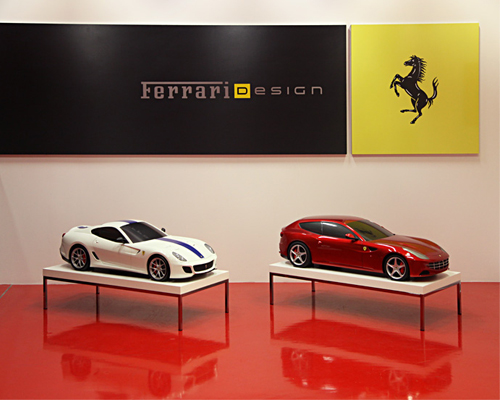
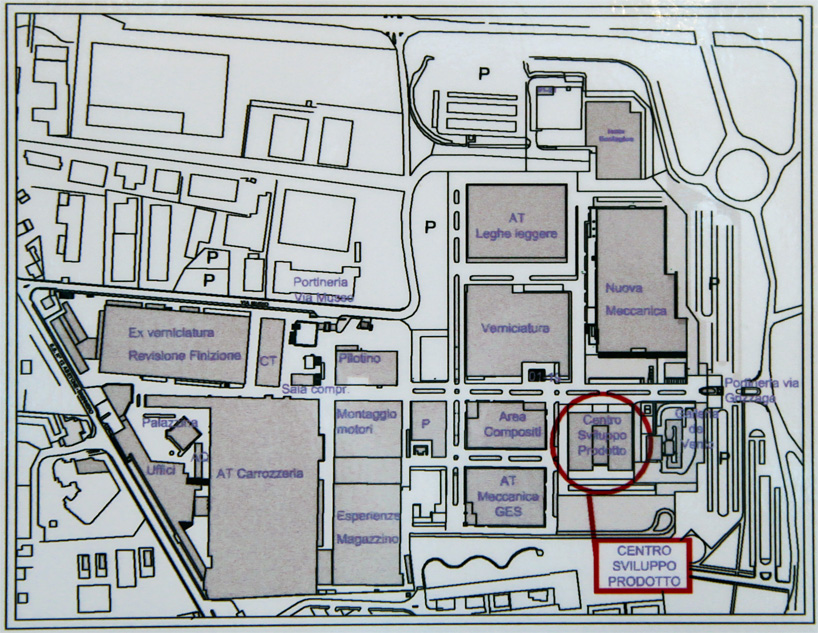 ‘you are here’ at the ‘centro sviluppo prodotto’ (‘product development center’), as indicated on a map of the ferrari complex
‘you are here’ at the ‘centro sviluppo prodotto’ (‘product development center’), as indicated on a map of the ferrari complex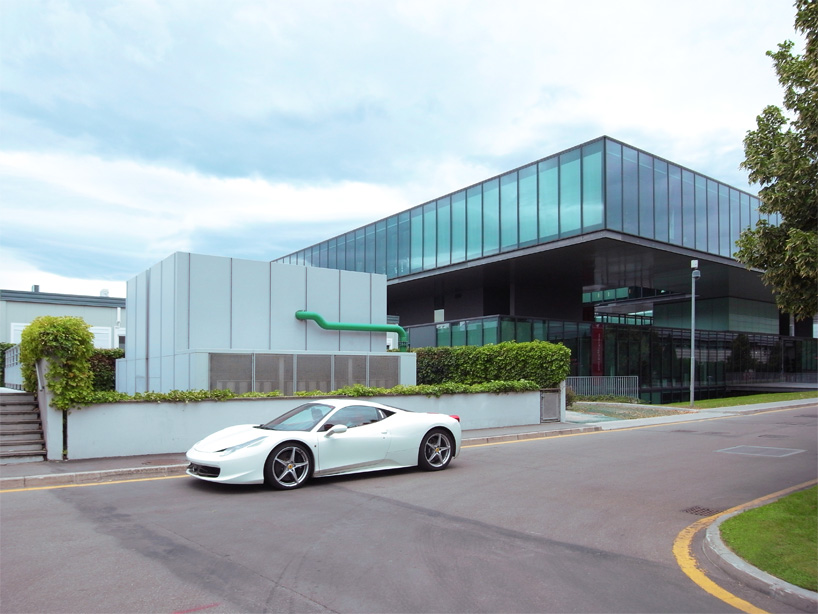 exterior view of the ‘centro sviluppo prodotto’ (‘product development center’)image © designboom
exterior view of the ‘centro sviluppo prodotto’ (‘product development center’)image © designboom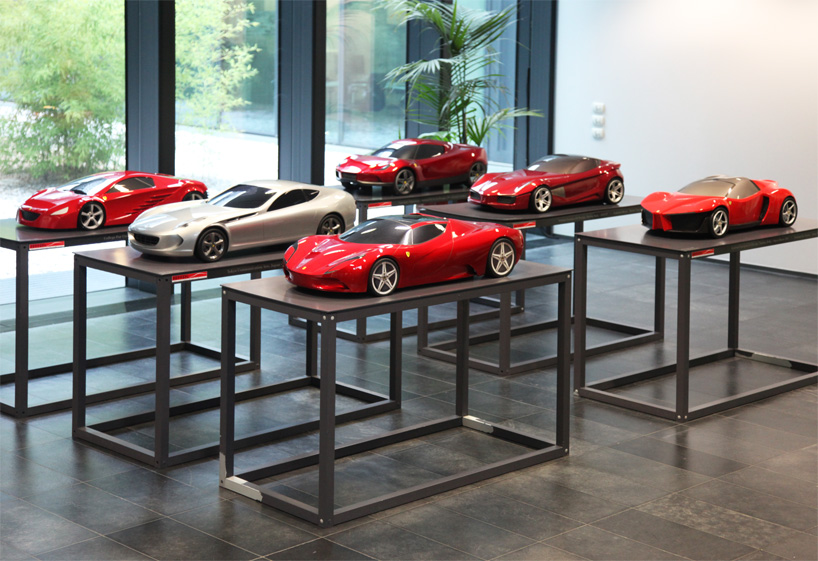 scale models of ferrari vehiclesimage © designboom
scale models of ferrari vehiclesimage © designboom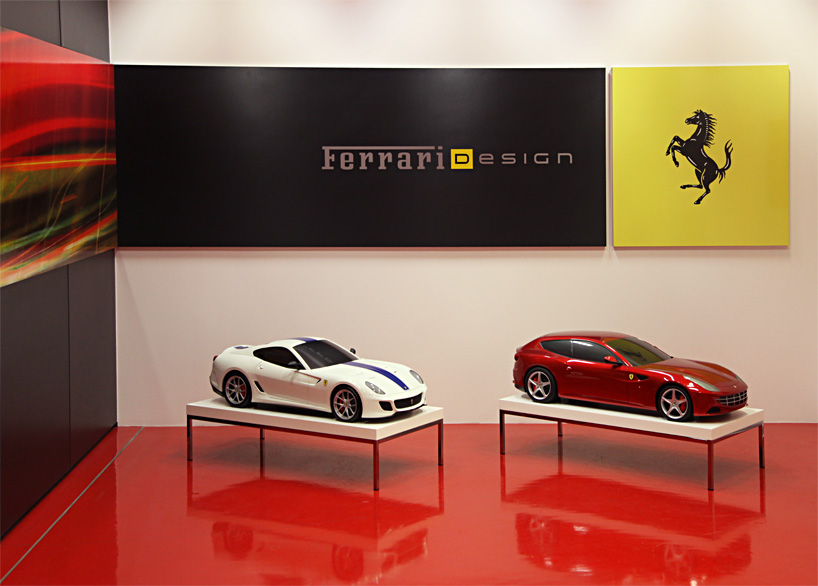 vehicles on display upon entering the ferrari design department in the lower level of the development centerimage © designboom
vehicles on display upon entering the ferrari design department in the lower level of the development centerimage © designboom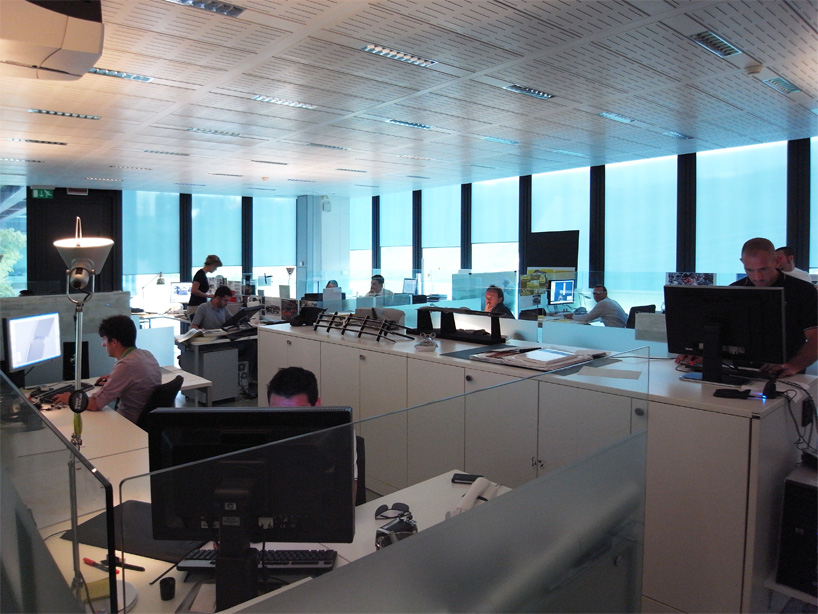 ferrari design officeimage © designboom
ferrari design officeimage © designboom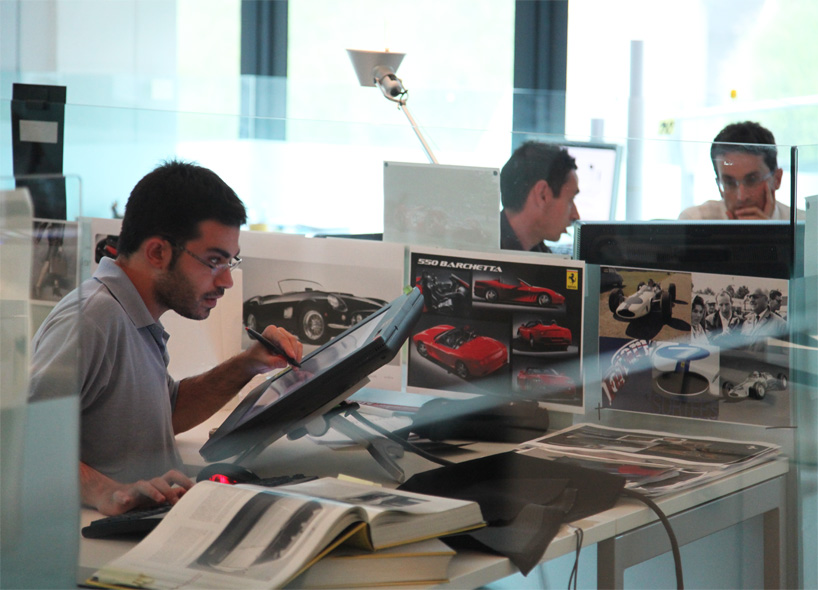 designers at workimage © designboom
designers at workimage © designboom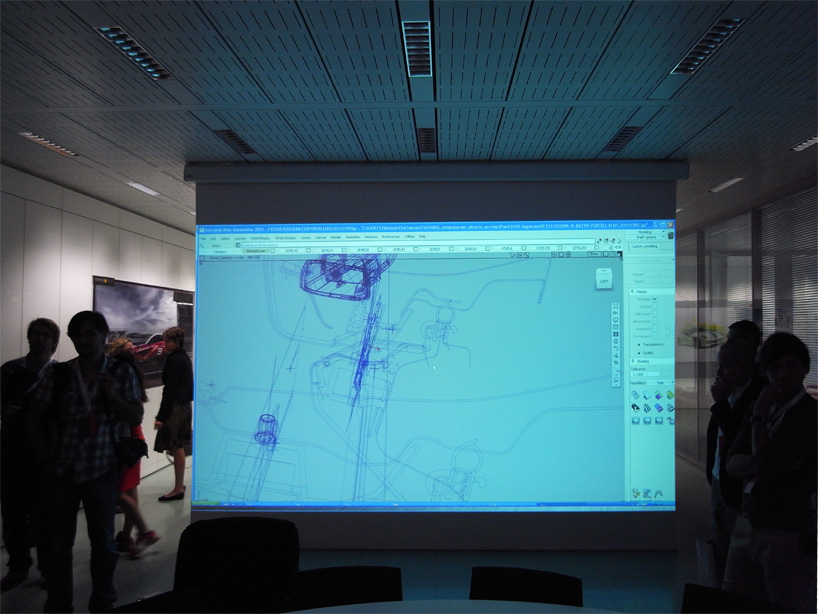 3D models of technical componentsimage © designboom
3D models of technical componentsimage © designboom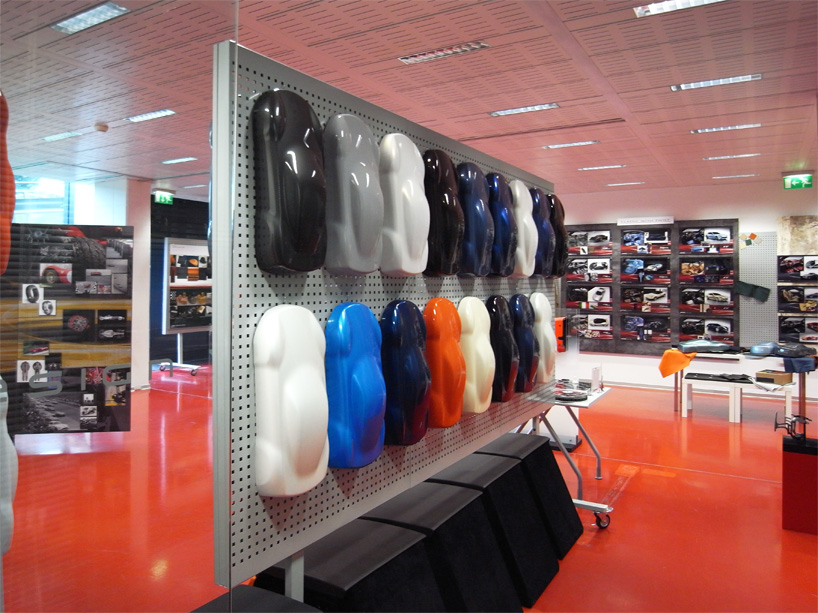 ferrari undertakes extensive research into the colours and other details of production; here, a range of chassis models in the production development centerimage © designboom
ferrari undertakes extensive research into the colours and other details of production; here, a range of chassis models in the production development centerimage © designboom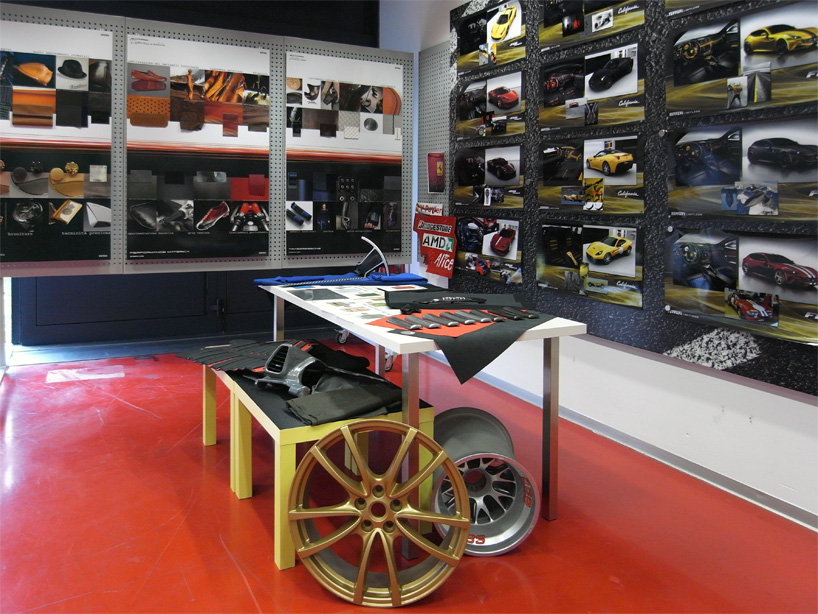 image © designboom
image © designboom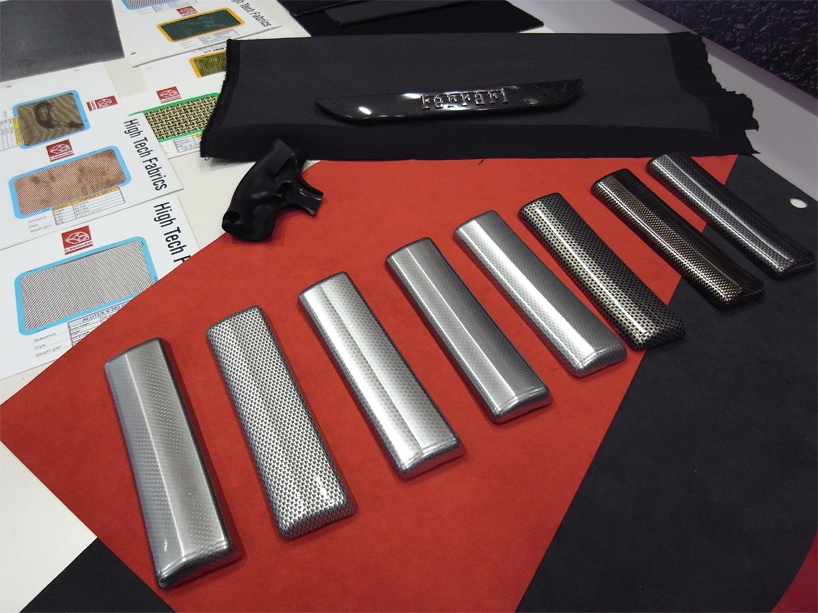 variations of carbon fiber image © designboom
variations of carbon fiber image © designboom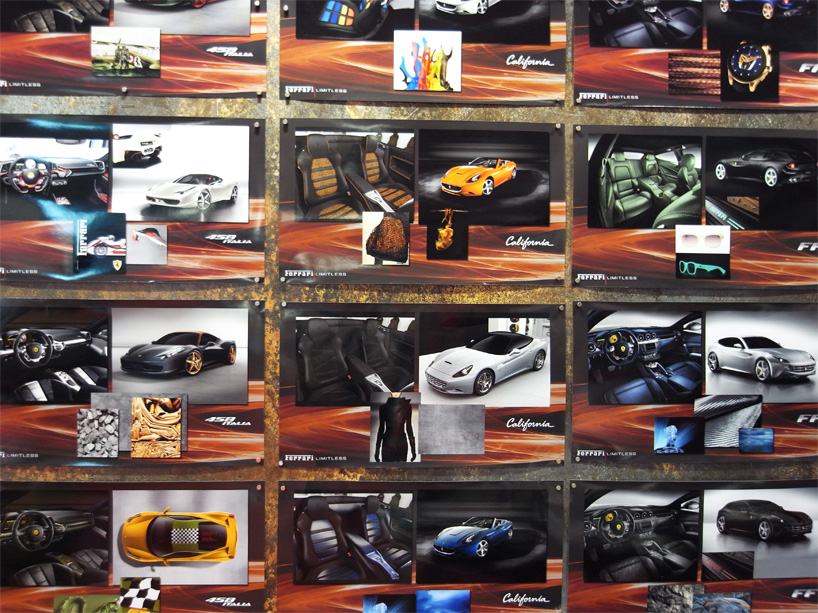 mood boards for a range of ferrari modelsimage © designboom
mood boards for a range of ferrari modelsimage © designboom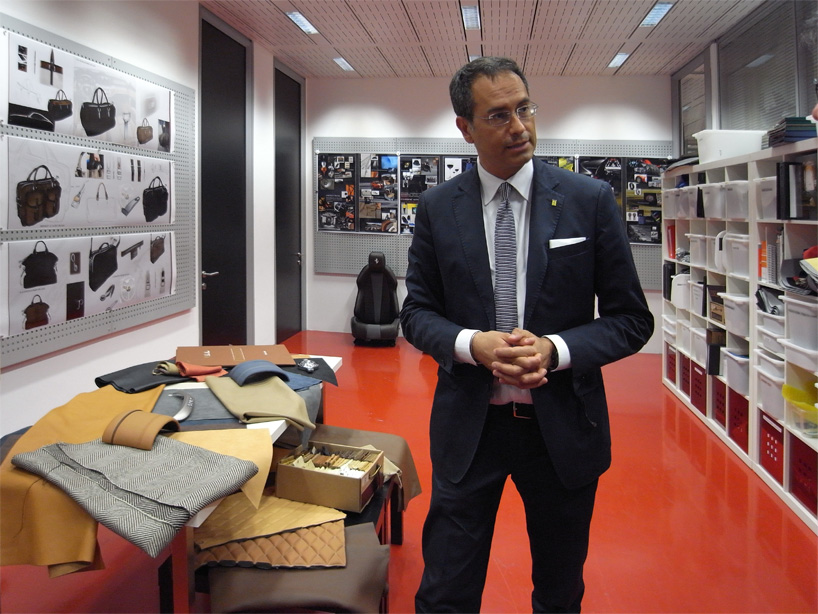 flavio manzoni, director of design at ferrariimage © designboom
flavio manzoni, director of design at ferrariimage © designboom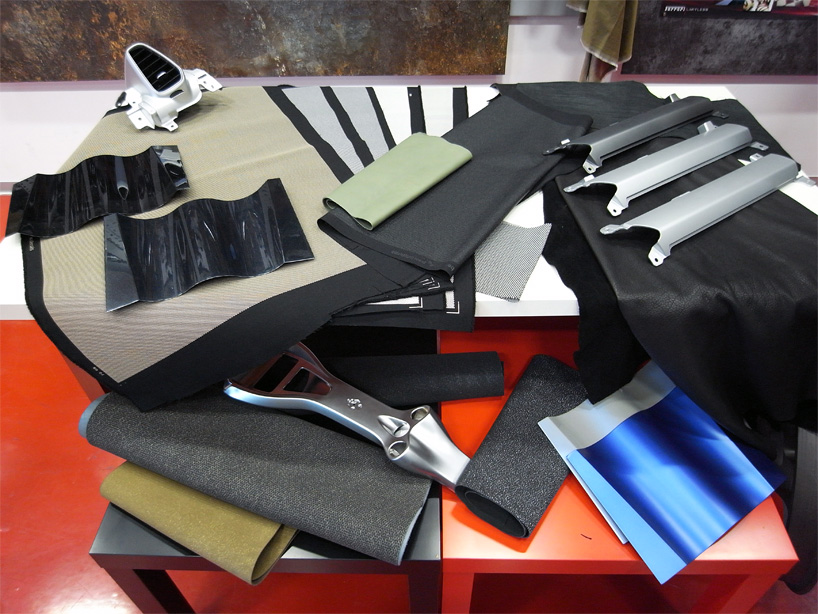 carpeting swatchesimage © designboom
carpeting swatchesimage © designboom the showroom features a few of the range of materials and finishes selectable for each ferrari vehicleimage © designboom
the showroom features a few of the range of materials and finishes selectable for each ferrari vehicleimage © designboom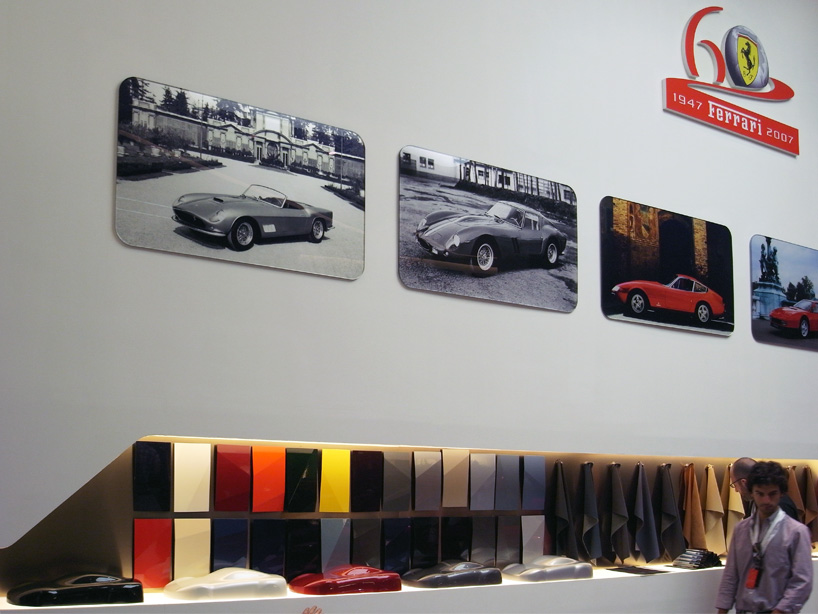 the complete selection of exterior colours and interior materials for a ferrariimage © designboom
the complete selection of exterior colours and interior materials for a ferrariimage © designboom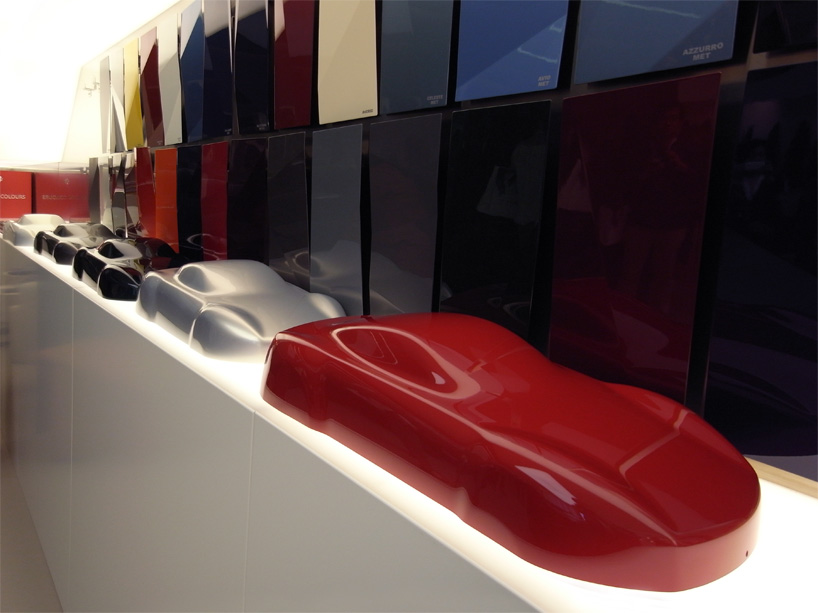 paint chips on wall with all possible vehicle colours, with models on shelf featuring finish typesimage © designboom
paint chips on wall with all possible vehicle colours, with models on shelf featuring finish typesimage © designboom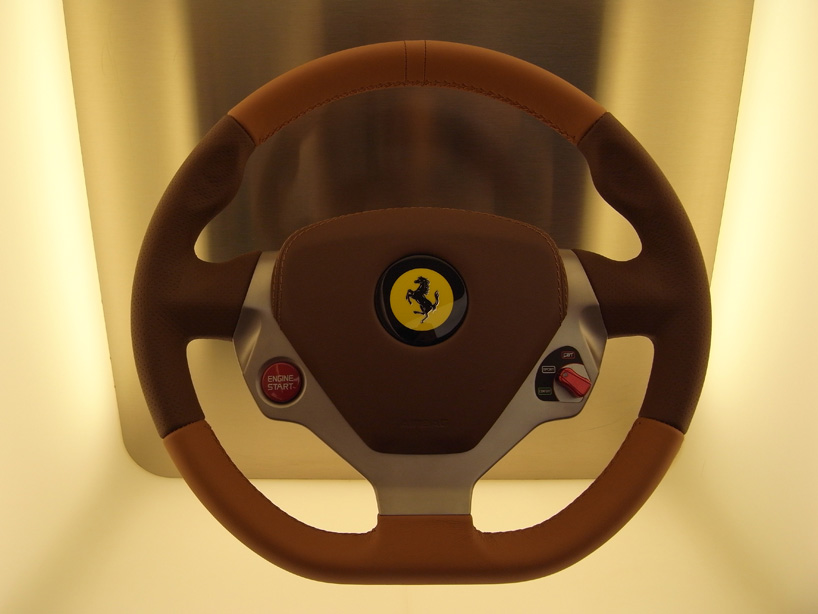 custom steering wheelimage © designboom
custom steering wheelimage © designboom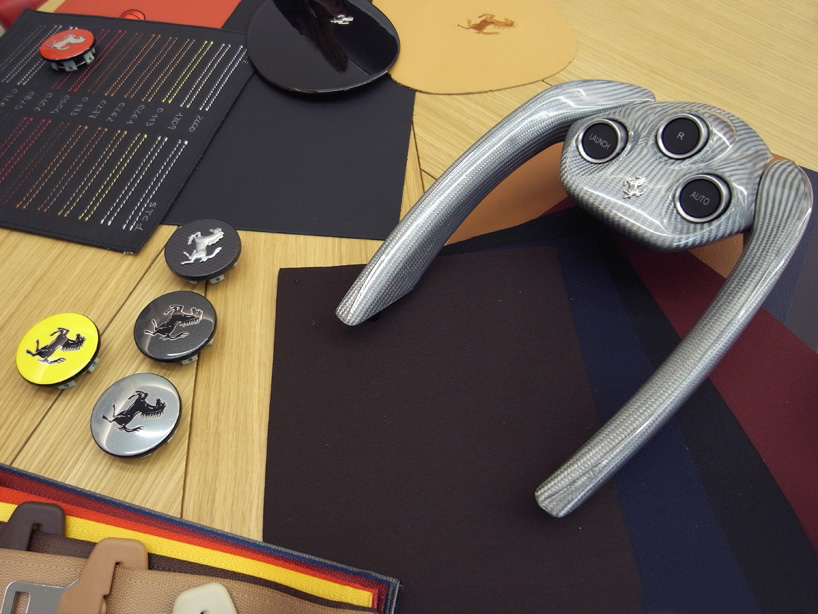 detailing, material, and threading optionsimage © designboom
detailing, material, and threading optionsimage © designboom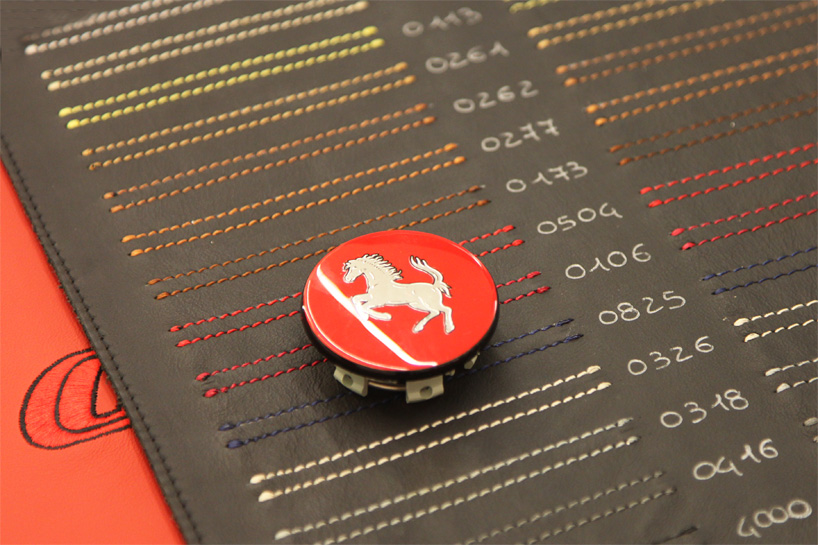 detail on a possible choice of steering wheel insignia, with thread colour swatches beneathimage © designboom
detail on a possible choice of steering wheel insignia, with thread colour swatches beneathimage © designboom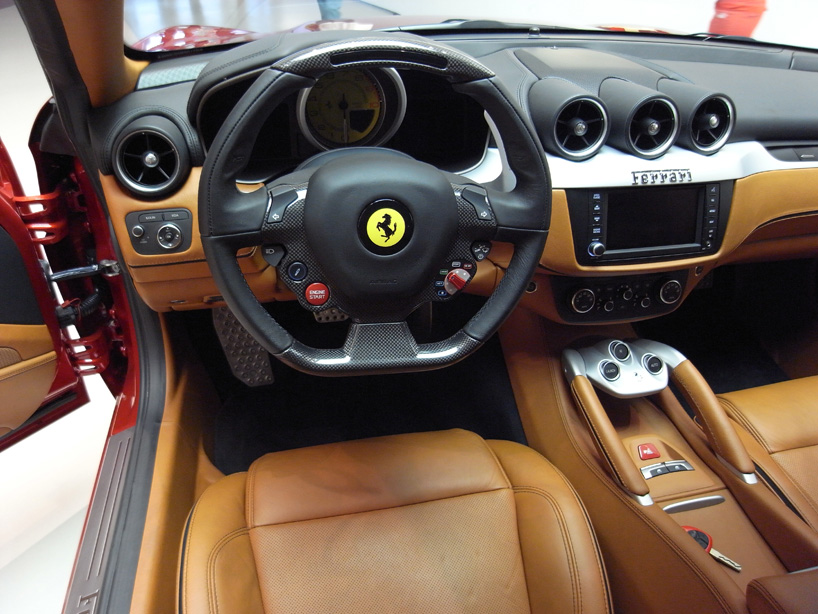 interior of a ferrari showroom modelmage © designboom
interior of a ferrari showroom modelmage © designboom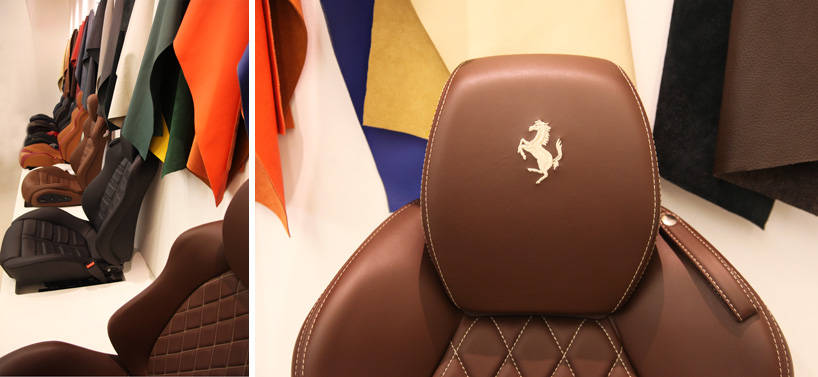 view of seat pattern and fabric choicesimages © designboom
view of seat pattern and fabric choicesimages © designboom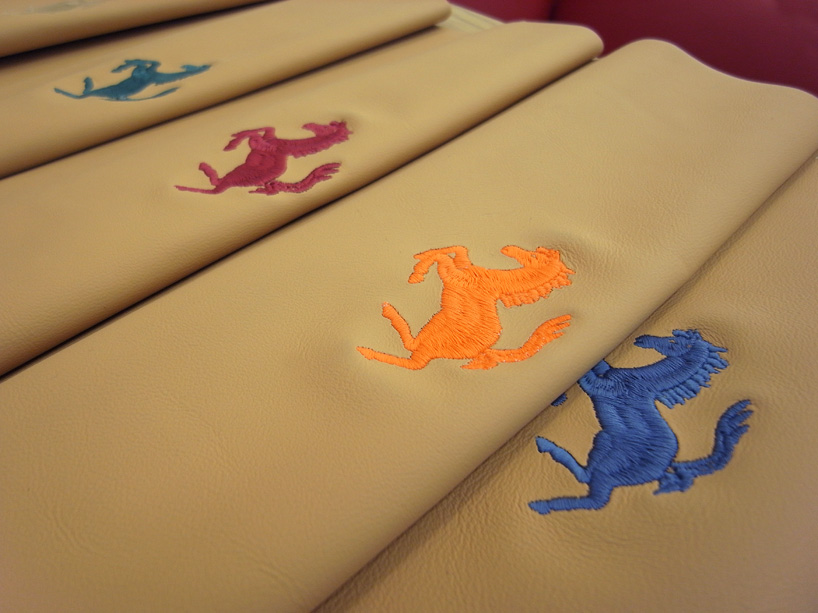 the ferrari icon demonstrated in a range of colour threadsimage © designboom
the ferrari icon demonstrated in a range of colour threadsimage © designboom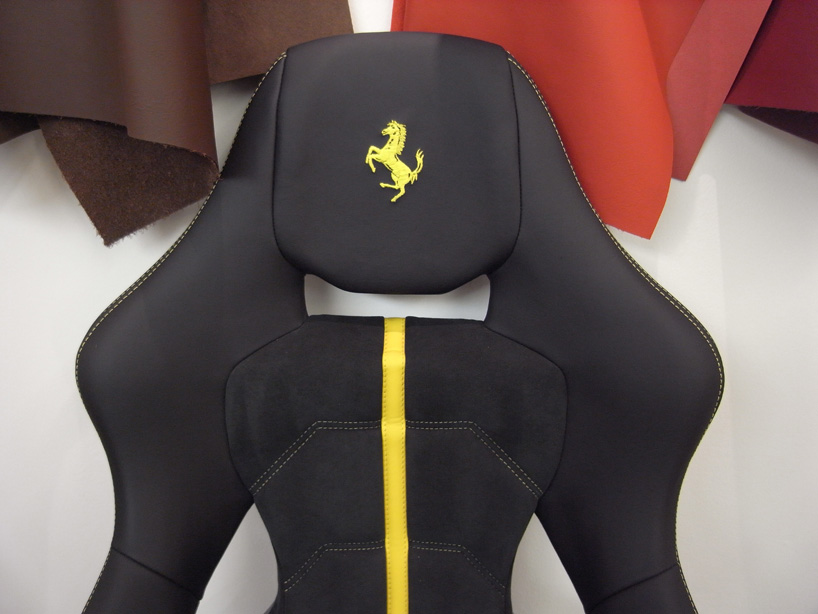 seat back, carbon fibre racing model in black and yellowimage © designboom
seat back, carbon fibre racing model in black and yellowimage © designboom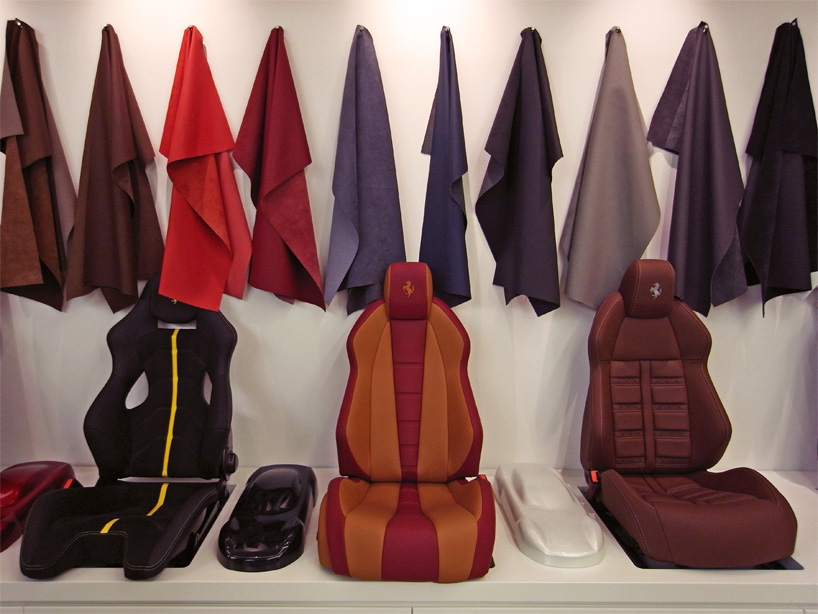 more seating options, depicting the range of customizability of the vehiclesimage © designboom
more seating options, depicting the range of customizability of the vehiclesimage © designboom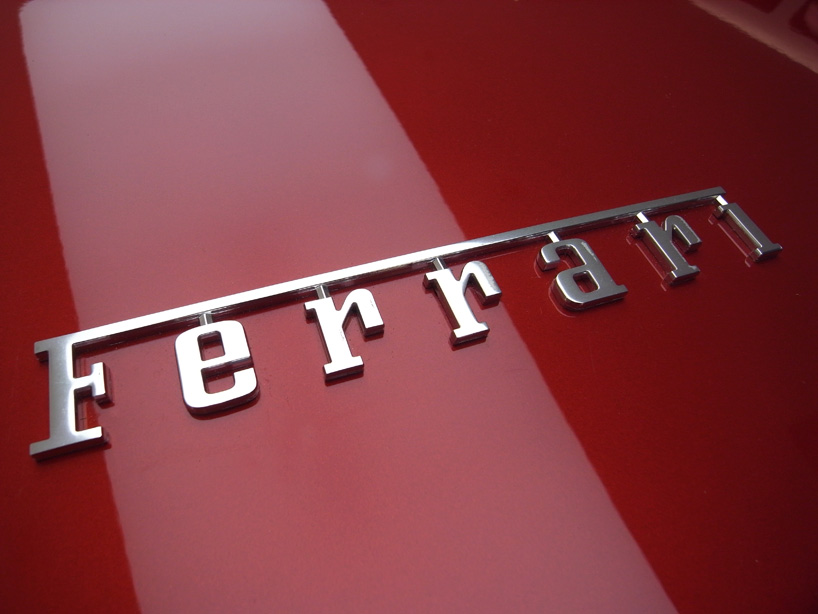 image © designboom
image © designboom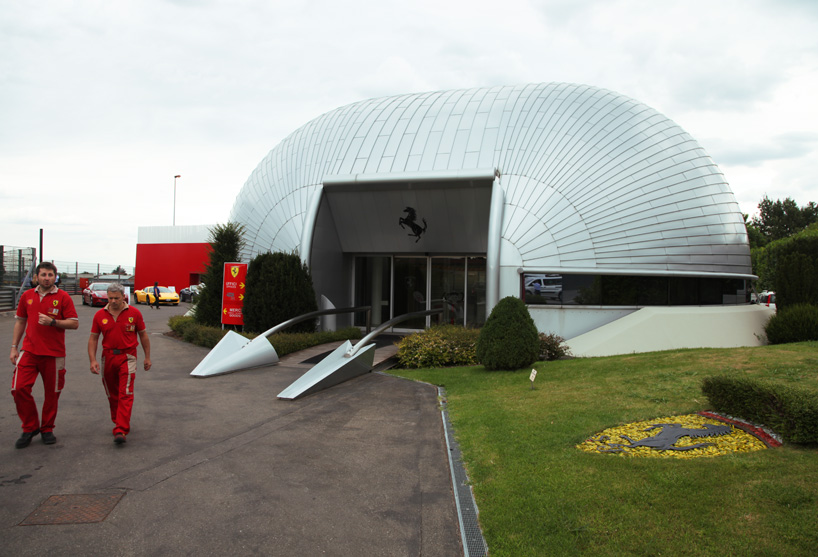 buildings and technicians at the site of the fiorana racing test track on the ferrari campus, not far from the ‘centro sviluppo prodotto’image © designboom
buildings and technicians at the site of the fiorana racing test track on the ferrari campus, not far from the ‘centro sviluppo prodotto’image © designboom

